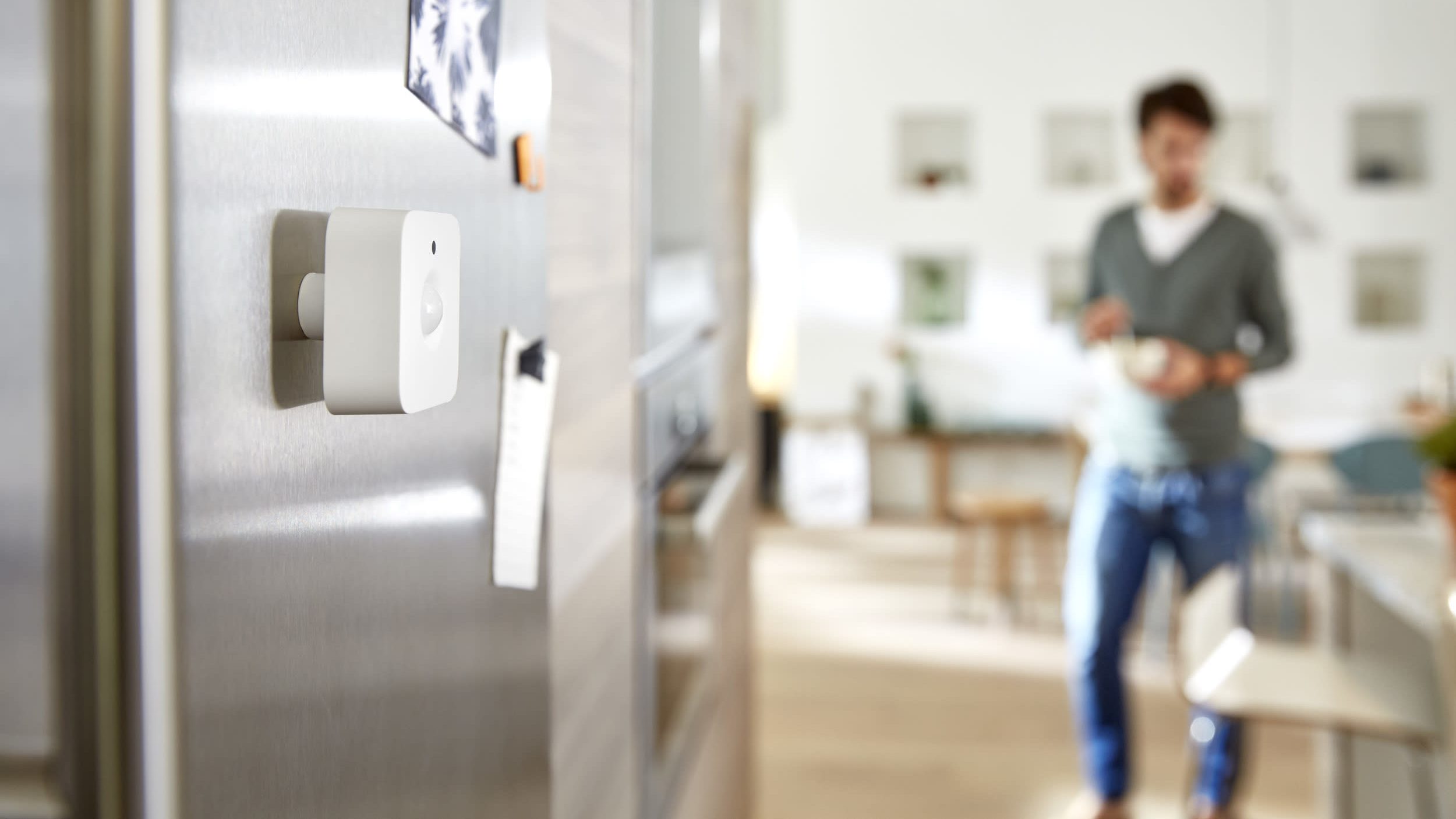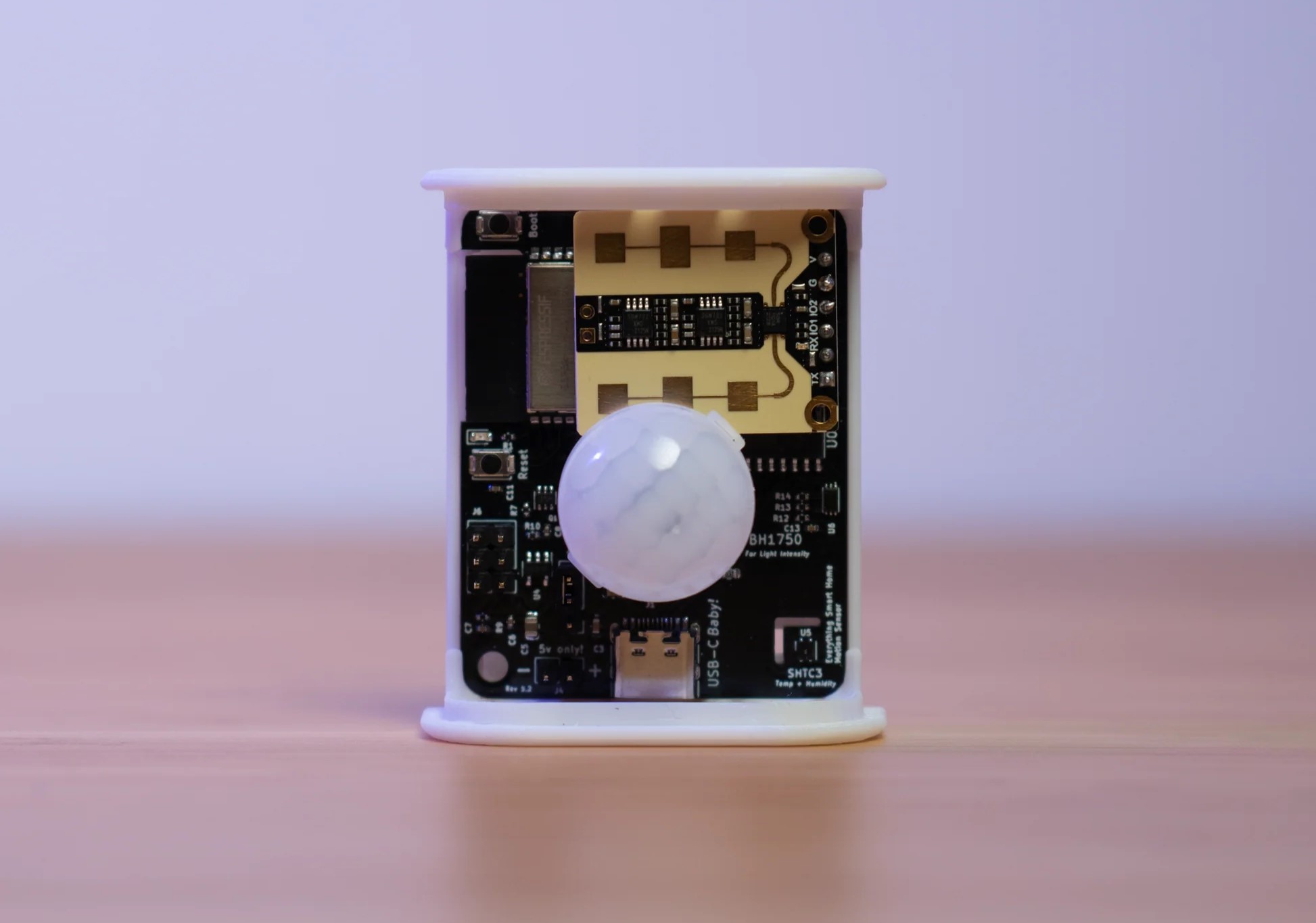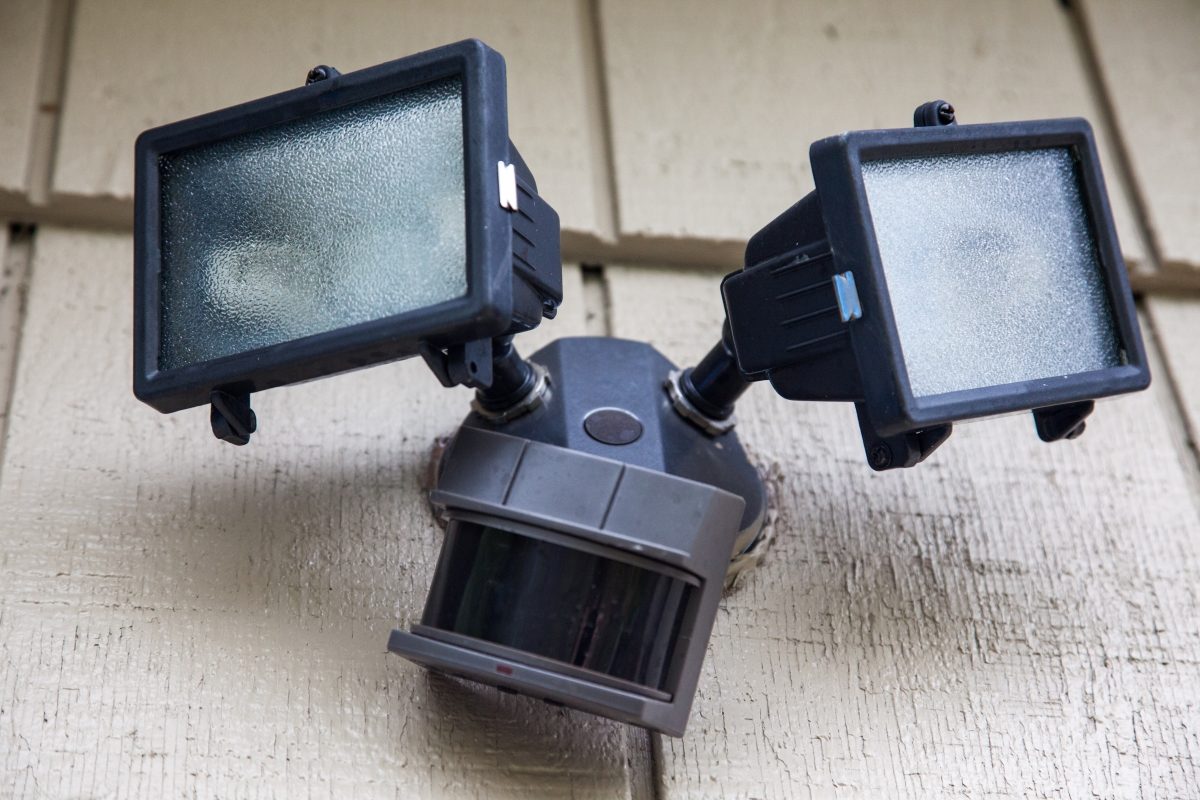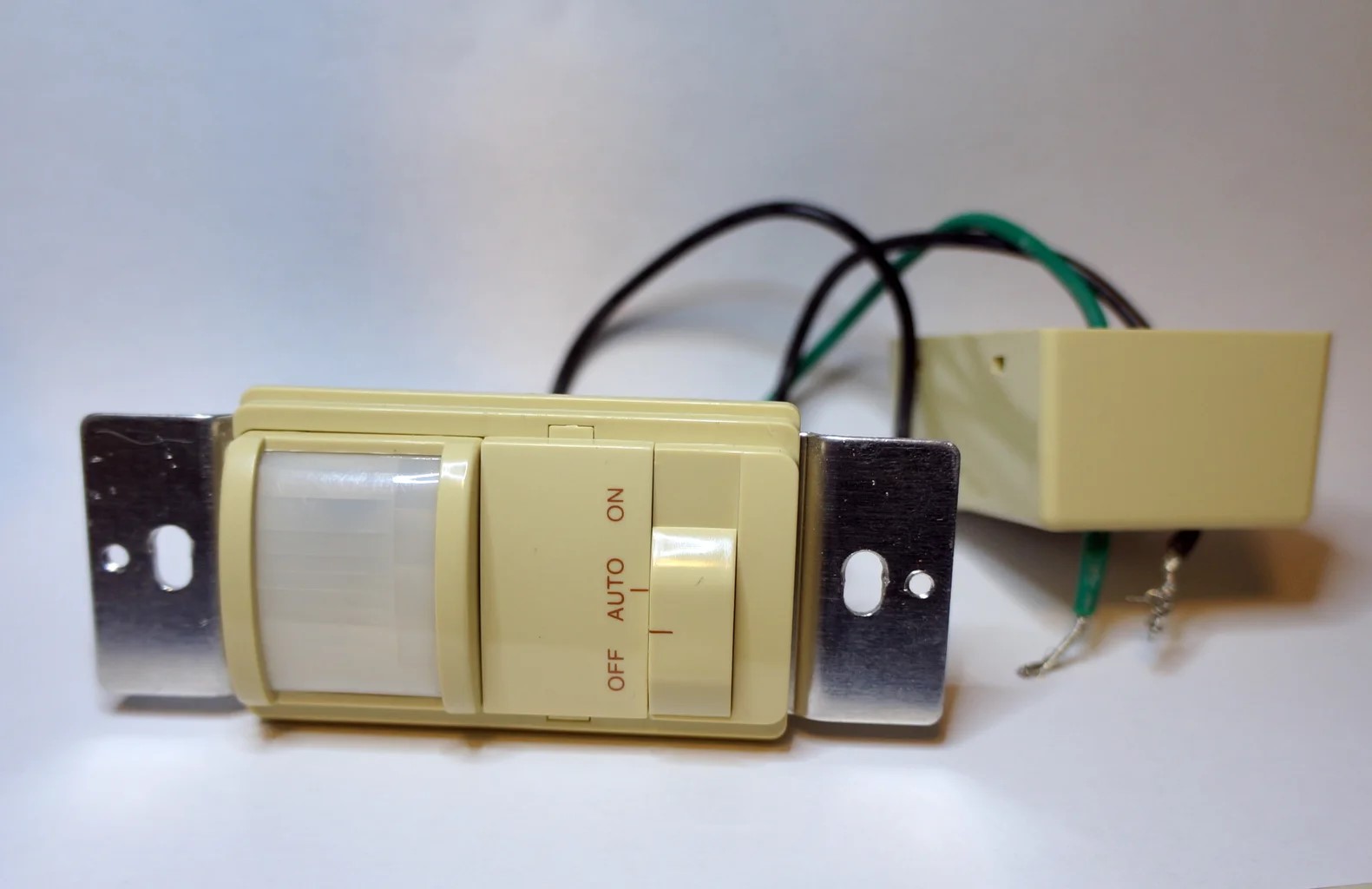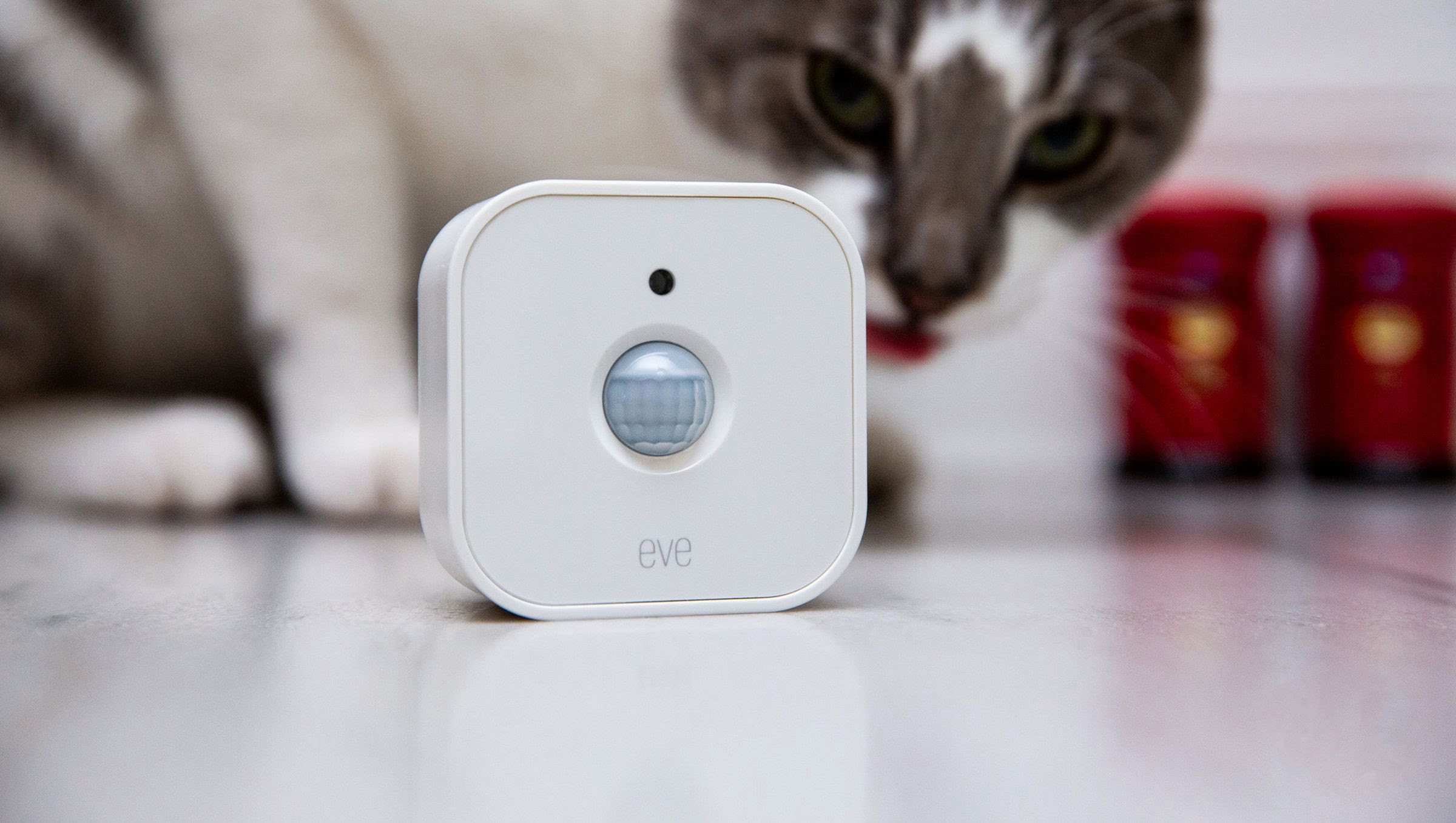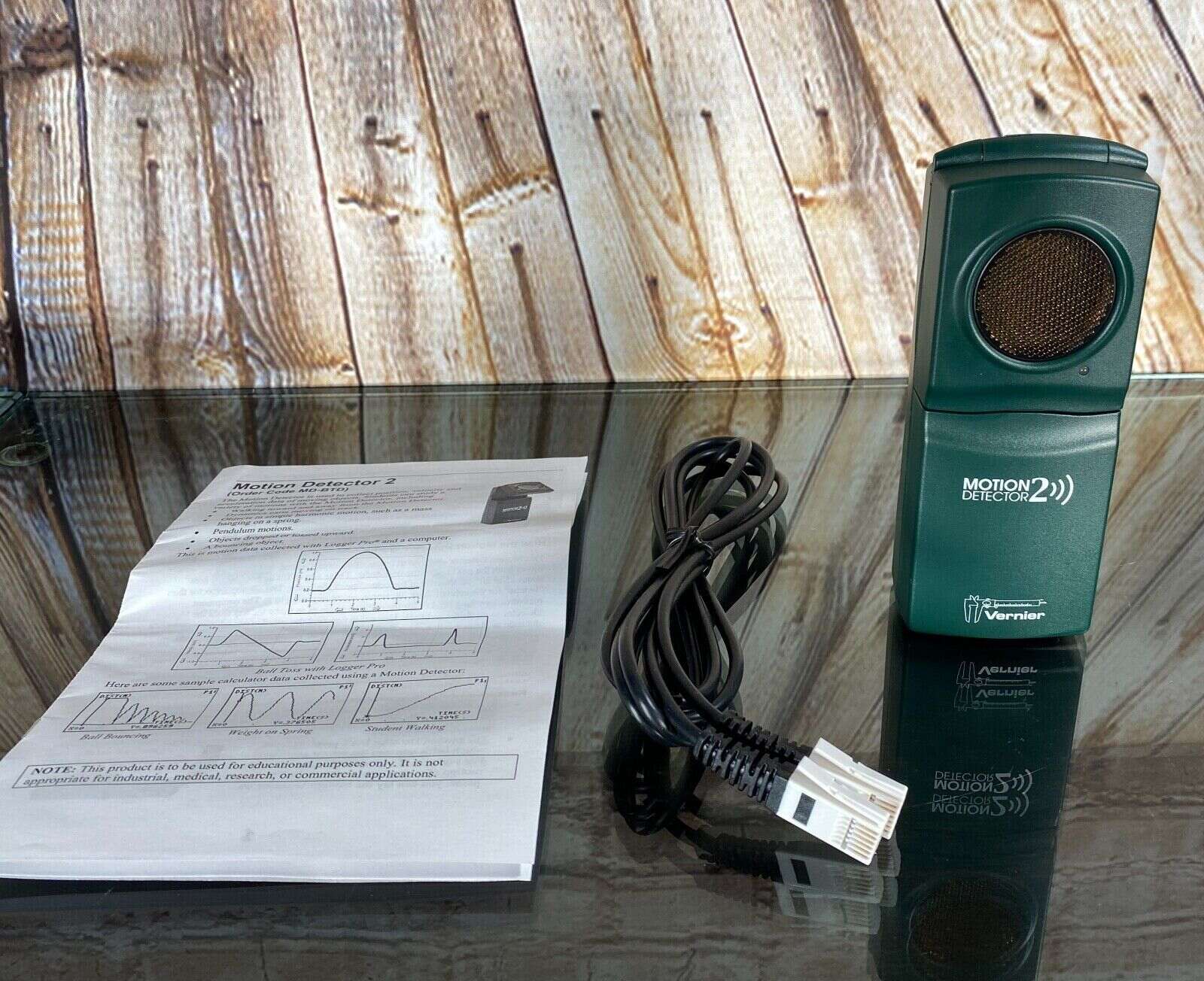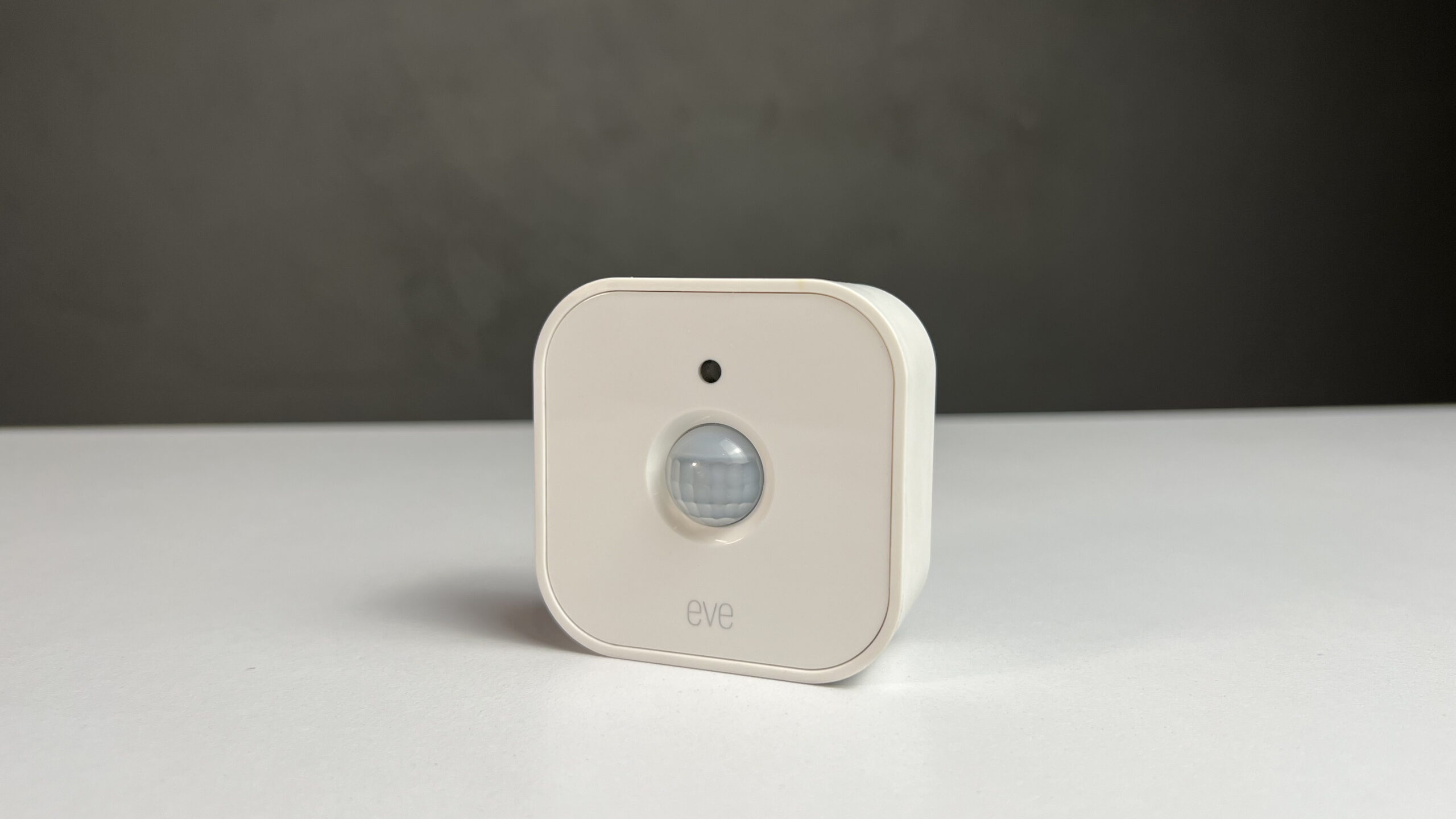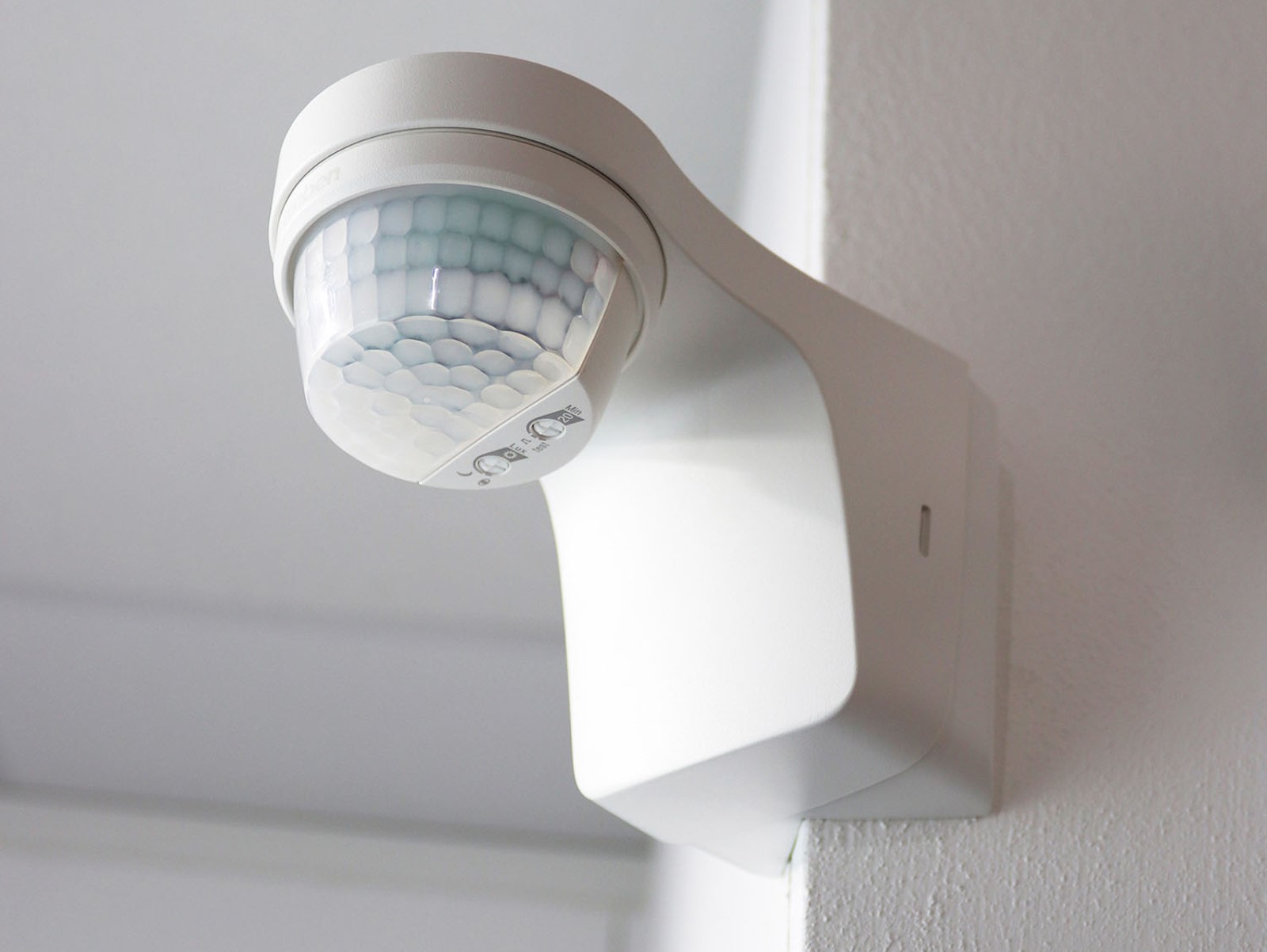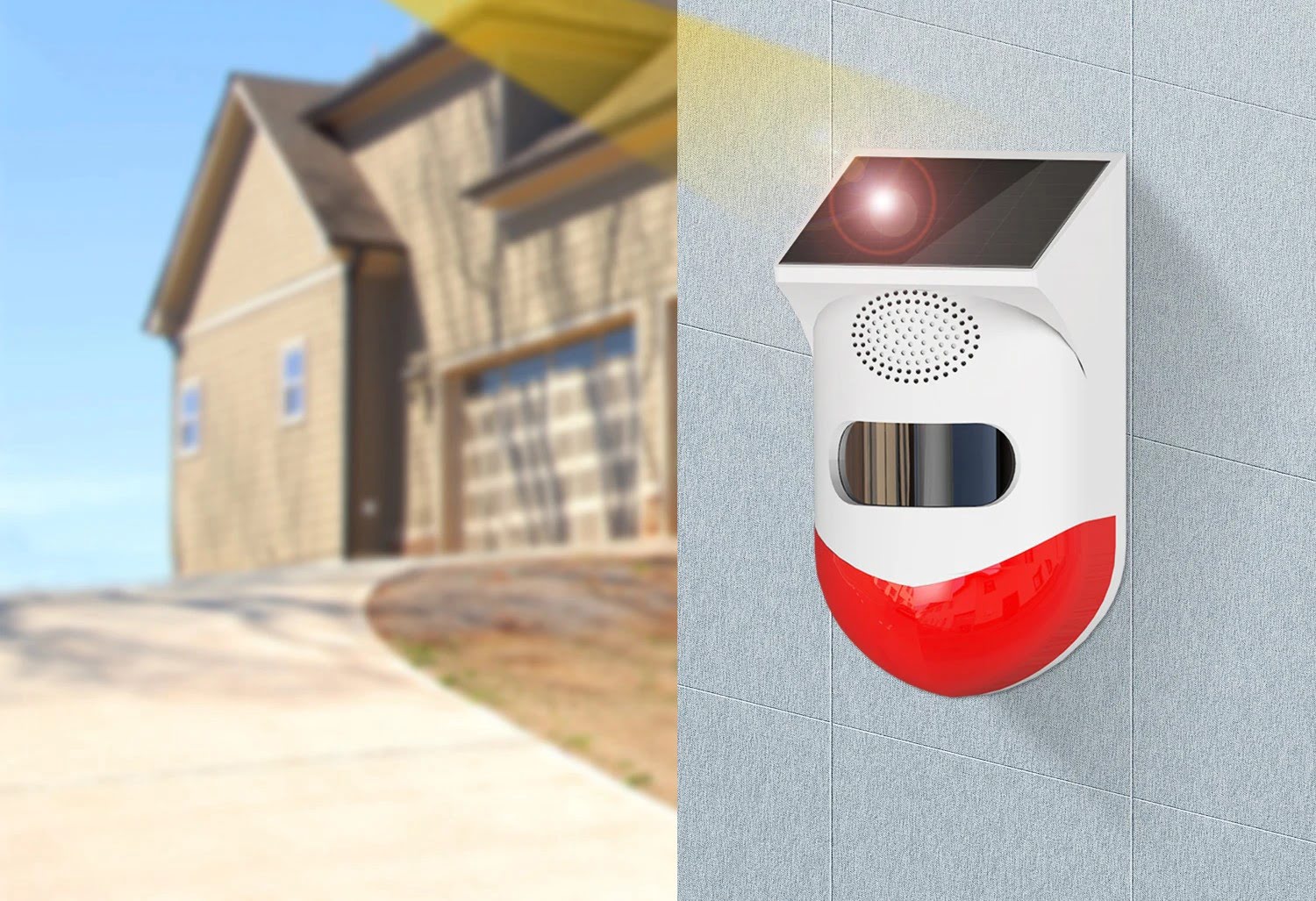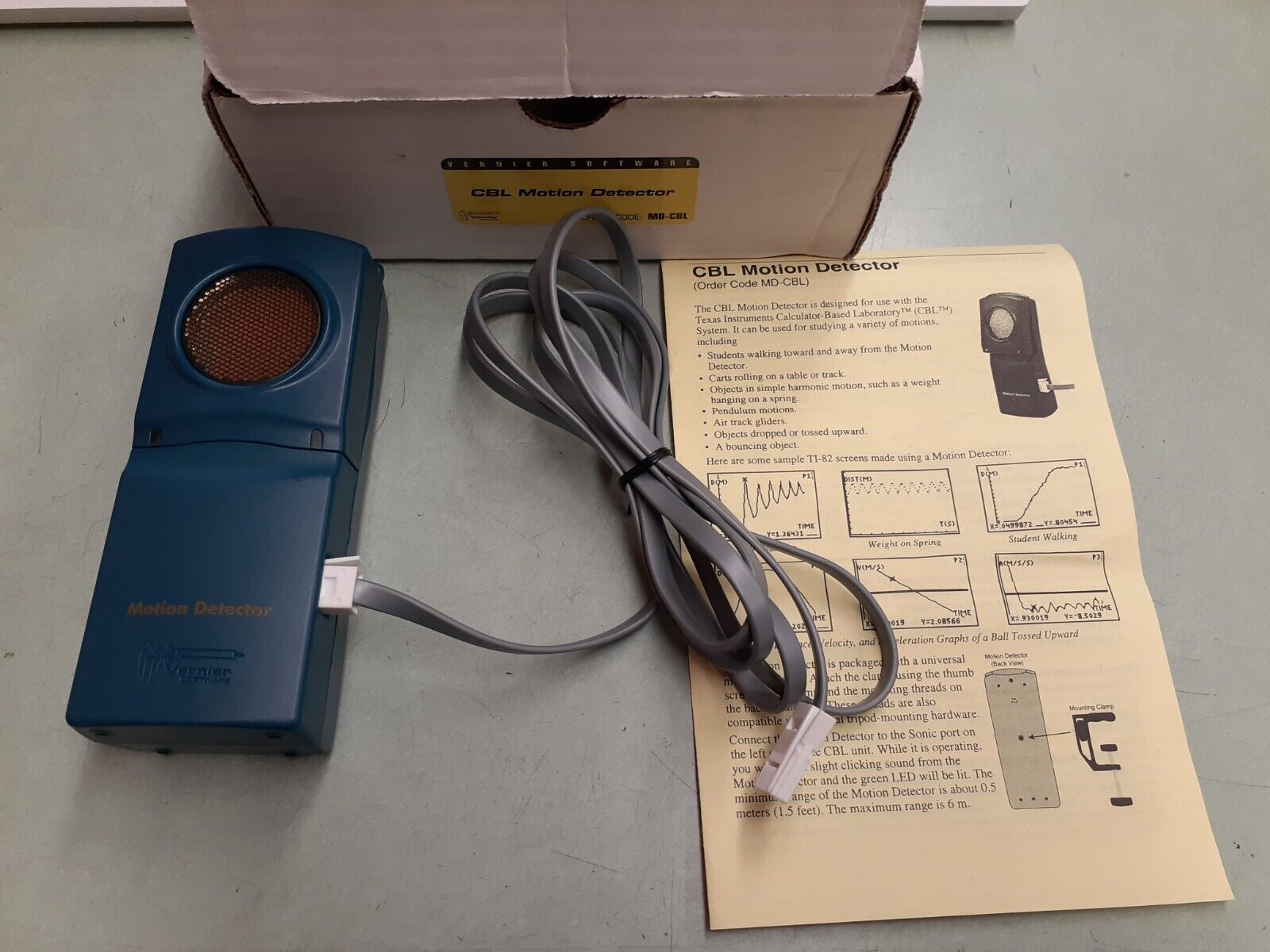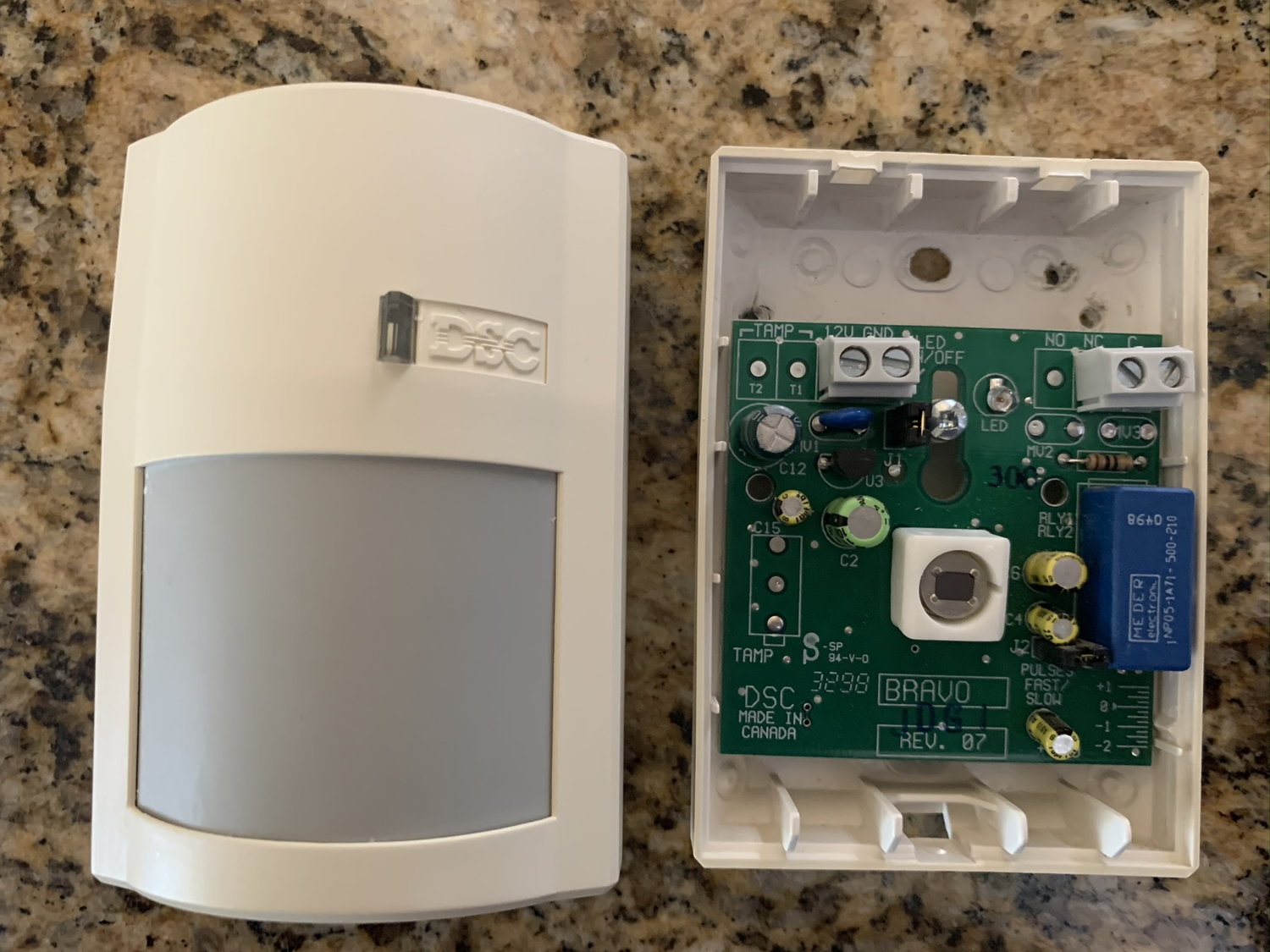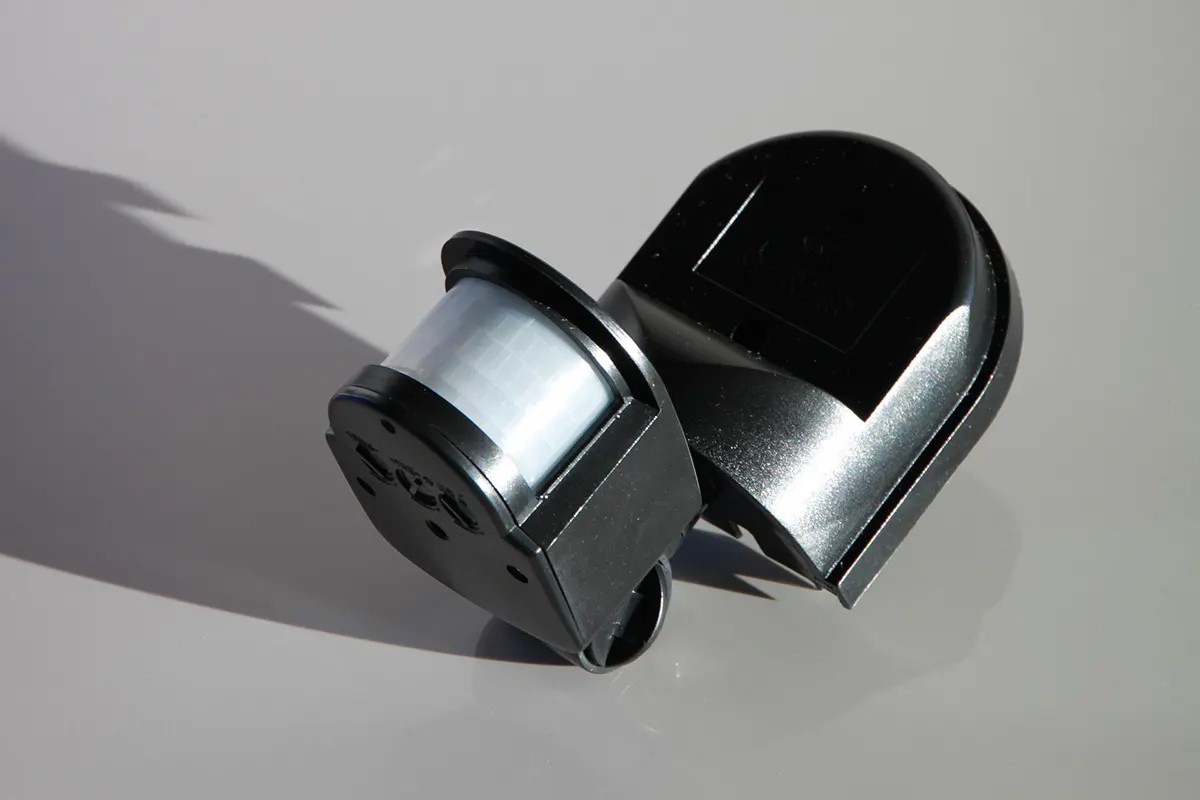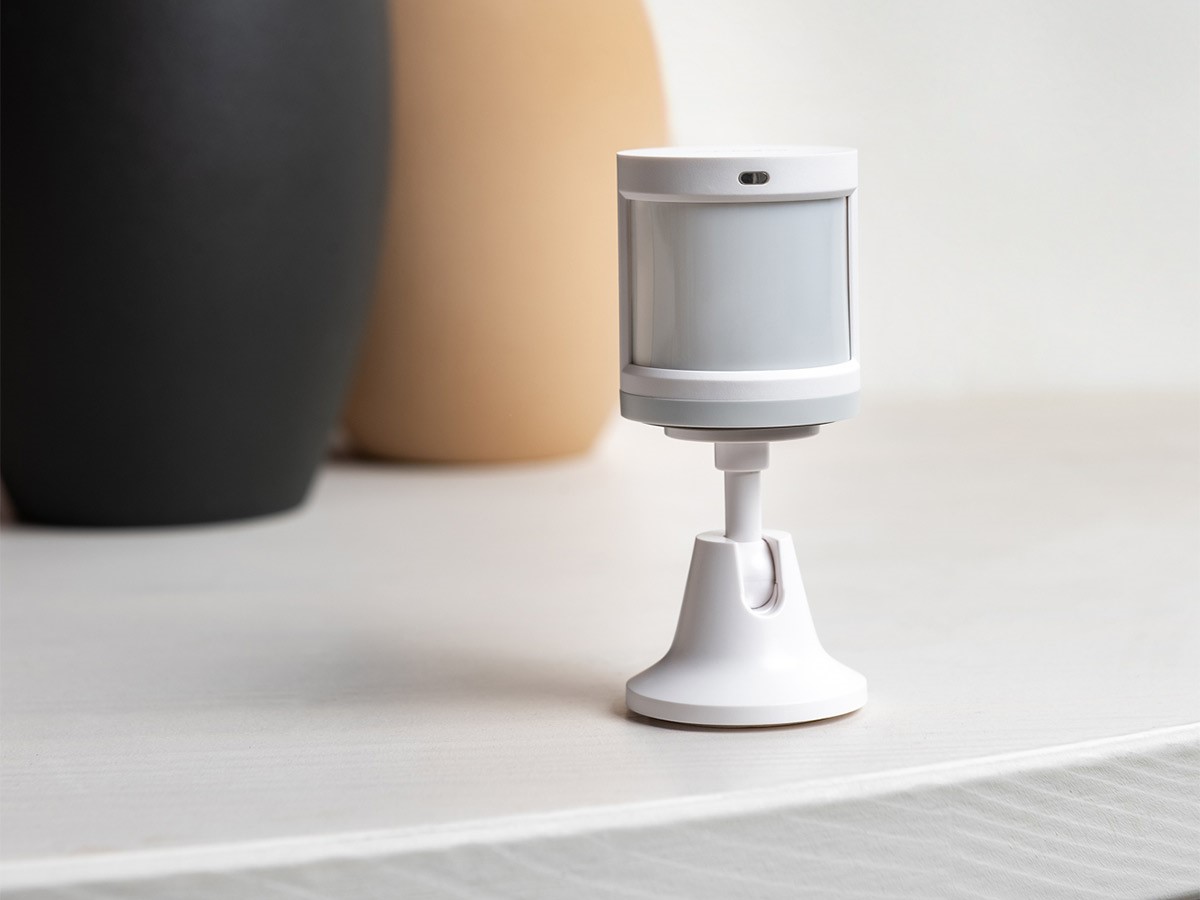Home>Home Security and Surveillance>How To Program Lutron Motion Detector
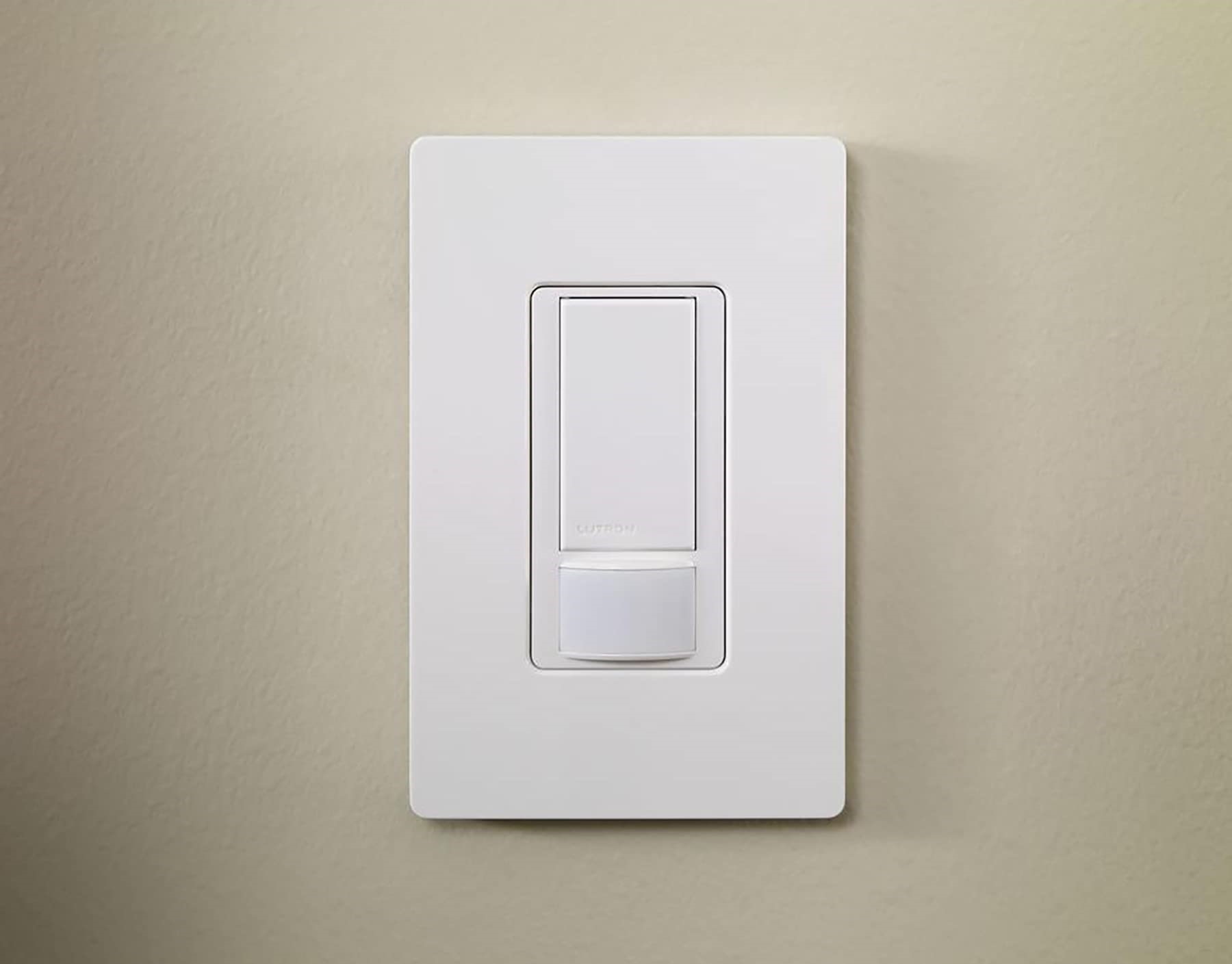

Home Security and Surveillance
How To Program Lutron Motion Detector
Modified: March 6, 2024
Learn how to program your Lutron motion detector for effective home security and surveillance. Explore step-by-step instructions and expert tips.
(Many of the links in this article redirect to a specific reviewed product. Your purchase of these products through affiliate links helps to generate commission for Storables.com, at no extra cost. Learn more)
Introduction
Welcome to the world of home security and surveillance! In today’s increasingly connected world, ensuring the safety of our homes and loved ones has become a top priority. One of the most effective ways to achieve this peace of mind is by installing a reliable and robust home security system. And at the heart of any good system is a motion detector.
Motion detectors, such as the Lutron Motion Detector, play a vital role in protecting our homes against potential intruders. They are designed to detect any movement or motion within their range and trigger an alarm or alert system, notifying homeowners of any suspicious activity. These devices provide an added layer of security, allowing you to have a watchful eye on your property, even when you’re not physically present.
But setting up and programming a motion detector can seem like a daunting task for many homeowners. In this comprehensive guide, we will walk you through the process of programming the Lutron Motion Detector step-by-step, ensuring that your home security system is up and running smoothly.
Before we dive into the programming process, let’s take a closer look at Lutron motion detectors and understand their functionality and features.
Key Takeaways:
- Program your Lutron Motion Detector by gathering materials, installing it, configuring settings, programming actions, and testing for accurate detection. Enjoy peace of mind with a reliable home security system!
- Lutron motion detectors offer advanced technology, adjustable settings, and compatibility with home automation systems. Customize sensitivity, detection range, and actions for optimal security.
Understanding Lutron Motion Detectors
Lutron is a renowned company that specializes in smart home solutions, and their motion detectors are no exception. Lutron’s motion detectors are designed with advanced technology to ensure accurate and reliable motion detection for your home security needs.
One key feature of Lutron motion detectors is their ability to offer both passive infrared (PIR) and ultrasonic sensing. PIR sensors detect changes in infrared energy, such as a human body or warm object moving across their field of view. Ultrasonic sensors, on the other hand, use sound wave technology to detect motion. This combination of technologies provides a higher level of accuracy and reduces false alarms.
Lutron motion detectors are also equipped with adjustable sensitivity settings, allowing you to customize the device’s response to motion. This is particularly useful if you have pets at home, as you can adjust the sensitivity to avoid false alarms caused by your furry friends’ movements.
Another notable feature of Lutron motion detectors is their compatibility with home automation systems. These devices can be integrated into a larger smart home ecosystem, allowing you to control and monitor the motion detection functionality through a centralized hub or mobile app. This enables you to receive alerts and notifications on your smartphone, making it easier to keep an eye on your home’s security even when you’re away.
Furthermore, Lutron motion detectors are designed for both indoor and outdoor use, with some models offering weatherproofing to withstand the elements. This flexibility allows you to place motion detectors in various locations around your property, ensuring comprehensive coverage.
Now that we have a better understanding of Lutron motion detectors and their capabilities, let’s move on to the step-by-step process of programming these devices.
Step 1: Gathering Required Materials
Before you start programming your Lutron Motion Detector, it’s essential to gather all the necessary materials. Having everything prepared ahead of time will help you streamline the installation process and ensure that you have everything you need within reach.
Here’s a checklist of the materials you will need:
- Lutron Motion Detector: Make sure you have the specific model that suits your needs. Lutron offers a range of motion detectors with different features and capabilities, so be sure to choose the right one.
- Screwdriver: Depending on the model of your Lutron Motion Detector, you may need a screwdriver to open the device and access the programming interface.
- Batteries: Check the user manual or packaging of your motion detector to determine if it requires batteries. If so, make sure you have the correct type and number of batteries on hand.
- Mounting Hardware: If you plan to install the motion detector on a wall or ceiling, you may need screws or brackets to secure it in place.
- Smartphone or Computer: Some Lutron motion detectors can be programmed and configured using a smartphone app or computer software. Ensure that you have the necessary device available for this purpose.
- User Manual: The Lutron motion detector should come with a user manual or installation guide. Keep this handy for reference throughout the programming process.
By gathering all these materials beforehand, you’ll be able to complete the programming process smoothly and efficiently. Once you have everything ready, you can move on to the next step: installing the Lutron Motion Detector.
Step 2: Installing the Lutron Motion Detector
Now that you have gathered all the necessary materials, it’s time to install the Lutron Motion Detector. The installation process will vary depending on the specific model you have chosen, so be sure to consult the user manual for detailed instructions. However, we will provide a general overview to help guide you through the process.
Here are the general steps for installing the Lutron Motion Detector:
- Select an Installation Location: Choose a suitable location for your motion detector. It should be positioned in an area with a clear line of sight and within the specified range of the device. Consider the height and angle at which the motion detector will be mounted to optimize its performance.
- Prepare the Mounting Surface: If necessary, use a screwdriver to remove any cover or plate from the motion detector. Ensure that the mounting surface is clean and secure to provide a stable base for the device.
- Mount the Motion Detector: Use the mounting hardware included with the device to securely attach it to the chosen location. Follow the specific instructions provided in the user manual to correctly fasten the motion detector.
- Connect Wires (If Applicable): If your Lutron Motion Detector requires a wired connection, follow the wiring instructions provided in the user manual. This typically involves connecting the appropriate wires to the corresponding terminals.
- Test the Installation: Once the motion detector is properly installed, test its functionality to ensure it’s working correctly. Walk in front of the device and observe if the indicator light or sound indicates motion detection. Adjust the position or sensitivity settings if necessary.
It’s important to note that the installation process may require more specific steps or considerations depending on the complexity of the motion detector model and your home setup. Always refer to the user manual for accurate instructions tailored to your device.
Once you have successfully installed the Lutron Motion Detector, you can proceed to the next step: configuring the motion detector settings.
When programming a Lutron motion detector, make sure to carefully follow the manufacturer’s instructions for setting up the device. This may involve adjusting the sensitivity, timeout settings, and other parameters to ensure it functions properly in your specific environment.
Step 3: Configuring the Motion Detector Settings
After installing the Lutron Motion Detector, it’s time to configure its settings to optimize its performance and suit your specific needs. The configuration process will depend on the model of your motion detector, so refer to the user manual for detailed instructions. However, here are some general steps to help you get started:
- Power On the Motion Detector: If your motion detector requires batteries, insert them into the device according to the polarity markings. If it’s a wired device, ensure that the power source is connected.
- Access the Configuration Interface: Depending on the model, you may need to use a smartphone app, computer software, or physical controls on the motion detector itself to access the configuration interface.
- Adjust Sensitivity Settings: One of the key settings to configure is the sensitivity of the motion detector. This determines how easily the device will detect motion. Depending on your preference and the environment, you may want to increase or decrease the sensitivity level to avoid false alarms or ensure accurate detection.
- Set Detection Range: Configure the detection range of the motion detector. This refers to the maximum distance at which the device can detect motion. Adjust it according to the specific area you want to monitor and the device’s capabilities.
- Configure Time Delay: Some motion detectors offer a time delay setting, which determines how long the device will stay active after detecting motion. This can be useful to prevent repeated alerts or unnecessary activation of alarms.
- Enable Additional Features: Explore the configuration options of your specific motion detector to enable any additional features or functionalities it offers. This may include integration with home automation systems, remote monitoring, or customized notification settings.
Remember to consult the user manual for accurate instructions on configuring your particular model of the Lutron Motion Detector. This will ensure that you make the most of its features and tailor it to your specific security requirements.
Once you have configured the motion detector settings, it’s time to move on to the next step: programming the Lutron Motion Detector.
Read more: How To Open A Motion Detector
Step 4: Programming the Lutron Motion Detector
Now that you have installed and configured the settings of your Lutron Motion Detector, it’s time to program it to perform specific actions and responses when motion is detected. Programming the motion detector will allow you to customize its behavior and integrate it into your overall home security system. Here’s a step-by-step guide to programming the Lutron Motion Detector:
- Access the Programming Mode: Refer to the user manual to determine how to enter the programming mode for your specific model of the Lutron Motion Detector. This may involve pressing a combination of buttons or using the configuration interface.
- Select Trigger Action: Decide what action you want the motion detector to activate when motion is detected. This could be triggering an alarm, turning on lights, sending notifications to a connected smartphone, or any other predefined action your device supports.
- Set Time Delay (If Applicable): Some motion detectors allow you to set a time delay between motion detection and the triggered action. Determine if you want to implement a delay and configure it according to your preferences.
- Define Detection Zones: If your motion detector supports multiple detection zones, you can program them individually. This is useful if you want to monitor different areas of your property with different responses or sensitivity settings.
- Save and Test: Once you have programmed the desired settings, save your changes and test the motion detector. Walk within the detection range and observe if the programmed action or response is activated as expected.
- Make Adjustments if Necessary: If the programmed action is not as desired or if you encounter any issues during testing, revisit the programming settings and make the necessary adjustments. This may involve modifying the sensitivity, detection range, or other parameters for optimal performance.
Remember that the programming process may vary for different models of Lutron Motion Detectors. Always refer to the user manual provided by Lutron for accurate instructions and guidelines specific to your device.
With the Lutron Motion Detector successfully programmed, you now have a fully customized and optimized home security system in place. The final step is to test and troubleshoot the motion detector’s functionality, which we will cover in the next step.
Step 5: Testing and Troubleshooting
After programming your Lutron Motion Detector, it’s crucial to thoroughly test its functionality to ensure it detects motion accurately and performs the desired actions. Testing and troubleshooting will help identify any potential issues or false positives/negatives and allow you to fine-tune the system. Follow these steps to test and troubleshoot your Lutron Motion Detector:
- Activate the Motion Detector: Activate the motion detector by walking within its detection range. Observe if the device detects motion and triggers the programmed action, such as turning on lights or sending notifications.
- Check for False Alarms: Pay attention to any false alarms triggered by factors other than actual motion, such as moving curtains or pets. Adjust the sensitivity settings if false alarms are frequent.
- Verify Detection Range: Walk throughout the specified detection range to ensure that the motion detector accurately detects movement within the desired area. If necessary, adjust the detection range and test again.
- Test Multiple Detection Zones (if applicable): If your motion detector has multiple detection zones, test each zone individually to ensure they are programmed correctly and respond as intended.
- Confirm Triggered Actions: Verify that the programmed actions are executed correctly when motion is detected. For example, check if the alarms sound, lights turn on or off, or notifications are sent.
- Evaluate System Integration (if applicable): If your Lutron Motion Detector is integrated into a larger home automation system, evaluate the integration by testing the communication between devices and ensuring they work seamlessly together.
- Troubleshooting: If you encounter any issues during testing, consult the troubleshooting section of the user manual. Check for common problems such as low battery levels, wireless signal interference, or incorrect configuration settings. Make the necessary adjustments or contact customer support for further assistance.
Regularly testing and troubleshooting your Lutron Motion Detector will ensure that your home security system remains reliable and effective. It allows you to identify any issues and address them promptly, providing you with the peace of mind you deserve.
Congratulations! You have successfully completed the steps to program and test your Lutron Motion Detector. With this comprehensive guide, you now have the knowledge and tools to enhance the security of your home effectively.
Remember to keep the user manual and any troubleshooting guides easily accessible for future reference, as occasional maintenance and updates may be required to maximize the performance of your Lutron Motion Detector.
Stay vigilant and enjoy the added peace of mind that comes with having a reliable home security system in place!
Conclusion
In conclusion, a properly programmed and installed Lutron Motion Detector is an essential component of a robust home security system. By understanding its features, gathering the required materials, and following the step-by-step process outlined in this guide, you can ensure that your motion detector is optimized for accurate and reliable motion detection.
Lutron motion detectors offer advanced technology, adjustable settings, and compatibility with home automation systems, making them a top choice for homeowners seeking enhanced security. With their passive infrared and ultrasonic sensors, you can trust that these devices will detect any movement within their range effectively.
By carefully installing the motion detector and configuring its settings, you can tailor it to the unique layout and requirements of your home. Whether it’s adjusting sensitivity levels to avoid false alarms or setting up specific actions upon motion detection, the programming process allows you to customize the device to your desired specifications.
Testing and troubleshooting the motion detector after programming is crucial to ensure accurate detection and proper functioning. By thoroughly evaluating its performance, detecting any false alarms or issues, and making necessary adjustments, you can maintain a highly efficient and reliable security system.
Remember to consult the user manual provided by Lutron for detailed instructions specific to your motion detector model, as individual features and programming procedures may vary. Keeping the user manual and troubleshooting guides easily accessible will be helpful for future reference and maintenance.
With a well-programmed and properly functioning Lutron Motion Detector, you can enjoy the peace of mind that comes with knowing your home and loved ones are protected. So, take the necessary steps to program and test your motion detector, and rest easy knowing that your home security is in good hands.
Frequently Asked Questions about How To Program Lutron Motion Detector
Was this page helpful?
At Storables.com, we guarantee accurate and reliable information. Our content, validated by Expert Board Contributors, is crafted following stringent Editorial Policies. We're committed to providing you with well-researched, expert-backed insights for all your informational needs.
